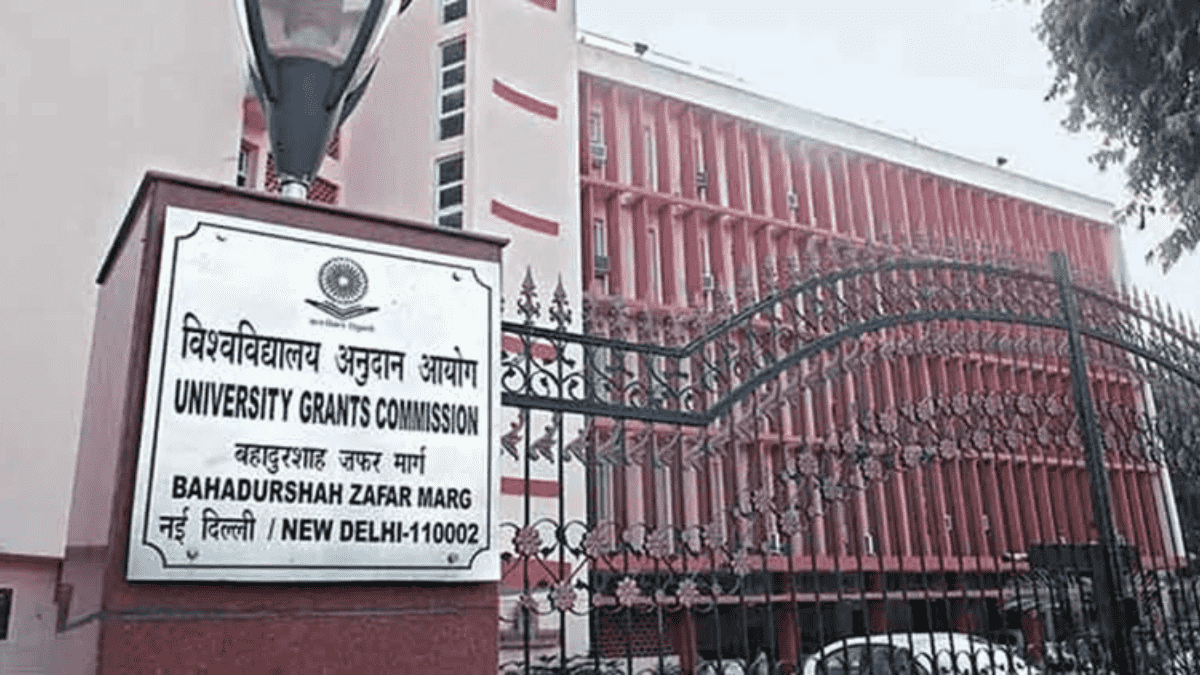The University Grants Commission (UGC) has issued the Standard Operating Procedures (SOPs) for implementing the National Credit Framework (NCrF), which specify the number of hours of classroom instruction, practical work, and experiential training that will count toward one credit.
According to the NCTF guidelines, one credit is awarded for one hour of lecture, teaching, or tutorial per week. Alternatively, two hours of practical or field work per week, or three hours of experiential learning per week, can also be equated to one credit.
Over the course of a semester, one credit corresponds to 15 hours of theoretical instruction, 30 hours of practical work or lab sessions, or 45 hours of experiential learning.
“The NCrF SOP, notified by the UGC, marks a significant step towards our shared vision of a dynamic, inclusive, lifelong education system that empowers learners with relevant skills and knowledge for the 21st century,” said UGC chairman M Jagadesh Kumar.
he NCrF sets a total of 1200 notional (estimate of hours required to complete classes, homework, etc) learning hours per year across these educational sectors, with 40 credits awarded upon successful completion. Students can earn additional credits by taking extra courses, programs, subjects, and projects.
The framework was approved by the Centre in April last year under the National Education Policy (NEP) 2020, with a High Level Committee being formed shortly afterwards.
The NCrF provides multiple entry and exit points, which means that if a student wishes to halt their studies for some time they can do so, and resume provided they have enough credit points. This also means that a student wishing to switch to some other institute, vocation, or even a grade may do so provided they have enough credit points corresponding to the rules.
The core courses and NCrF levels from a student’s previous program will need to be mapped to the new program. If core courses align, transfers should be seamless, but if there is a mismatch, the receiving institution may still accept the student but must provide a bridge course to address any gaps. Institutions are required to publish their lateral entry eligibility criteria and admission process on their websites.
UGC chief Kumar also said that he hopes the framework would enhance transparency and flexibility in education and contribute to providing skilled manpower to support India’s economic growth.
However, some academics raised concerns about the implementation of the new framework. Mithuraaj Dhusiya, a member of the Delhi University Academic Council, said the SOP will “complicate” things further as “having so many conditions takes away the focus from the main degree.”
“There is a limited number of credits as a part of curriculum and minimum number of credits to get to next year. These guidelines will take away time from the core courses as students will be burdened and will not end up learning anything. This structure will complicate things further,” Dhusiya said.
Get the latest news updates and stay informed with FELA NEWS!

